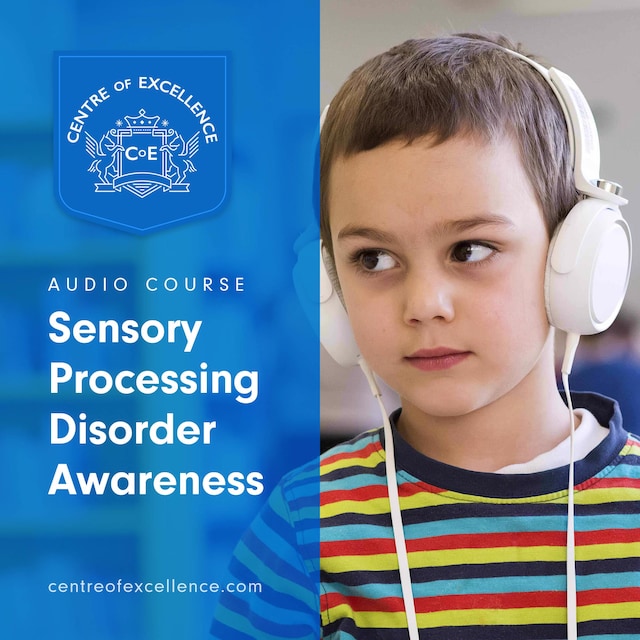
Sensory Processing Disorder Awareness
Description of the book
Sensory Processing Disorder describes a difference in the way that some people's senses are processed by the brain. This course provides an in-depth understanding of the condition, including the symptoms and behaviours associated with it, diagnosis, prevalence, history, therapies and interventions, and how you can provide support.
Although awareness has recently increased, it can still be difficult to get a diagnosis of Sensory Processing Disorder. This makes it is particularly important to know the symptoms of the condition and the behaviours that present themselves in the young children and adults who suffer from it. The sooner it can be diagnosed, the better, as modifications to the environment can be made and the right support can be put in place before self-esteem and self-confidence issues arise. The course explains the common symptoms that can occur in children and adults and the ways in which these are often misinterpreted.
As getting a diagnosis of Sensory Processing Disorder can sometimes be difficult, this course outlines the routes you may take in gaining help and the obstacles that you may come up against. The history of the condition is also explained, along with what research is being made into the causes of the condition and the differences in how its prevalence is perceived.
Currently, it is Occupational Therapists who are the leaders in the field, as far as intervention and therapy for those afflicted with Sensory Processing Disorder are concerned. The course looks further into this role, with an overview of how they work and what sort of therapies they may be able to offer. If you don’t have access to therapy, or would like advice on how you can be more involved with your child’s condition, the course also provides useful information in how you can provide support at home. Also included, are strategies that educators can implement in the classroom to enable effective learning to those with SPD.
Format:
Language:
English


